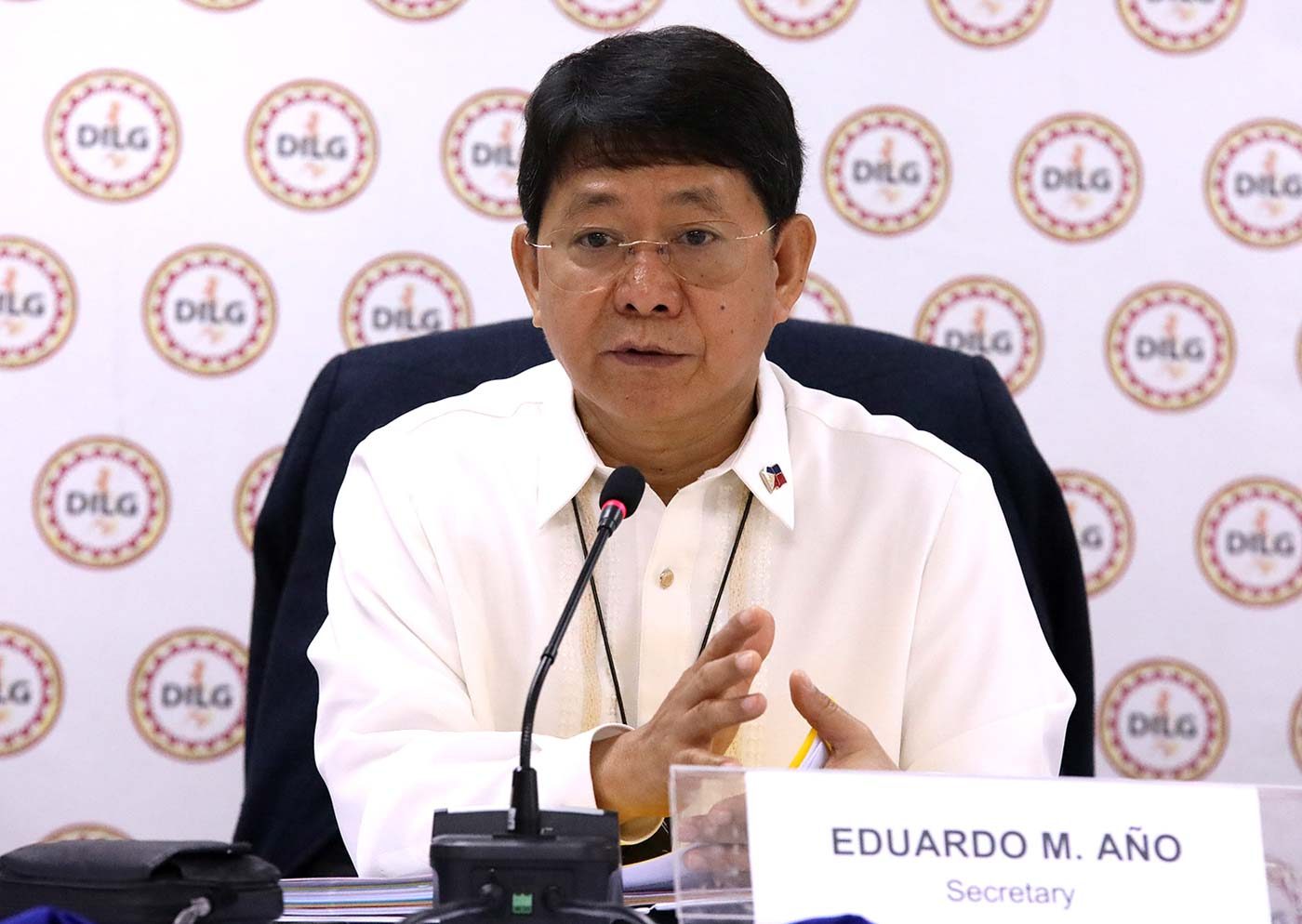SUMMARY
This is AI generated summarization, which may have errors. For context, always refer to the full article.

MANILA, Philippines – Local government units (LGUs) will be clearing illegal road obstructions, a campaign that will now target local roads and place greater responsibility on barangay captains.
The second iteration of the road-clearing campaign directed by the Department of the Interior and Local Government (DILG) will last for 75 days. Apart from the mayors, barangay captains will also be assessed for their performance.
The campaign started on Monday, February 17, and will end on May 2. (READ: DILG says road clearing program to continue)
What went before: In July 2019, the DILG issued a directive to local chief executives to clear roads within 60 days, after President Rodrigo Duterte told mayors and governors to reclaim public roads.
After the validation period, the DILG revealed that 97 mayors nationwide failed to comply with the directive. However, only 10 of them were charged with administrative cases.
According to the DILG, a number of 6,682 primary and secondary roads nationwide were cleared of obstructions during the first round of the campaign.
One new thing: Local government units are now required to establish a physical or electronic grievance mechanism where citizens may report unremoved obstructions, provide suggestions, or raise implementation concerns.
In a press briefing on Monday, Interior Secretary Eduardo Año said that social media was a big help in identifying obstructions.
Illegal obstructions: The DILG defined 11 types of road obstructions in its memorandum circular. These include the following:
- Vehicles parked in prohibited places or along roads not intended for vehicular parking
- Undesignated vehicular terminals
- Vending sites
- Obstructing house encroachments, protruding gates, the conduct of household activities, tents, except those for temporary use such as for funerals, etc.
- Store encroachments and indiscriminate signage and advertisements
- Obstructing barangay outposts, halls, markers, and directories
- Conduct of sports, sports facilities, and other related activities
- Drying of rice or other crops
- Construction materials
- Debris, waste materials, and other junked items
- Other structures, materials, or activities identified by the LGU
Moreover, trees that are found to be encroaching or are hazardous may be pruned or removed, following the guidelines of the Department of Environment and Natural Resources.
Public utility structures or facilities that are obstructions will be removed or relocated by LGUs in coordination with the concerned utility company. The same will be done for obstructions caused by projects implemented by national government agencies. – Rappler.com
Add a comment
How does this make you feel?
There are no comments yet. Add your comment to start the conversation.